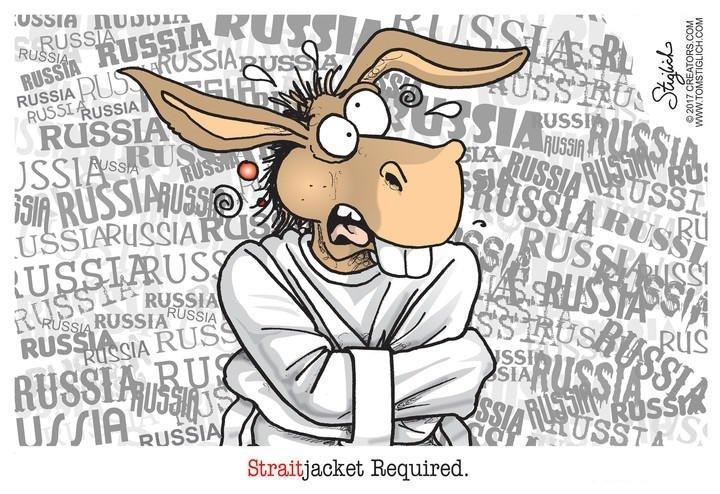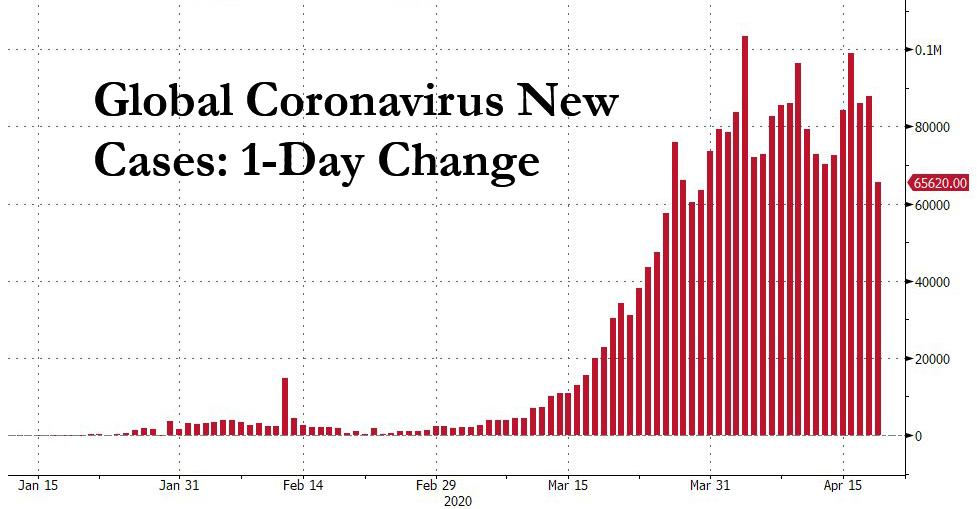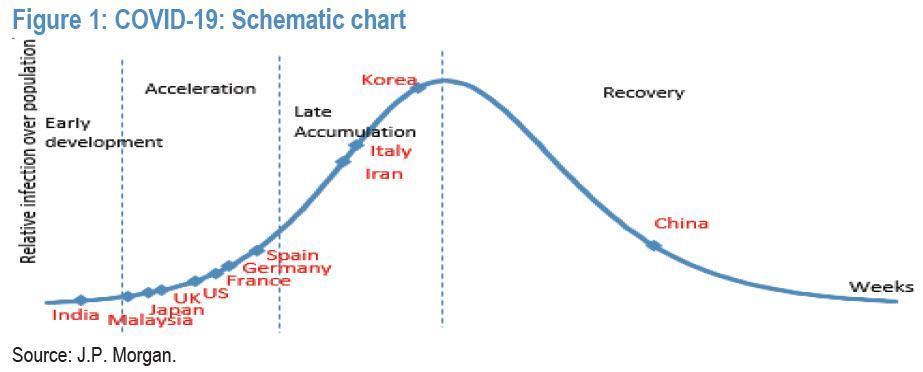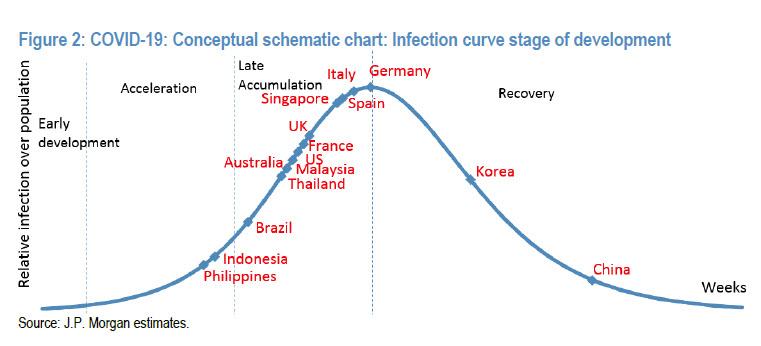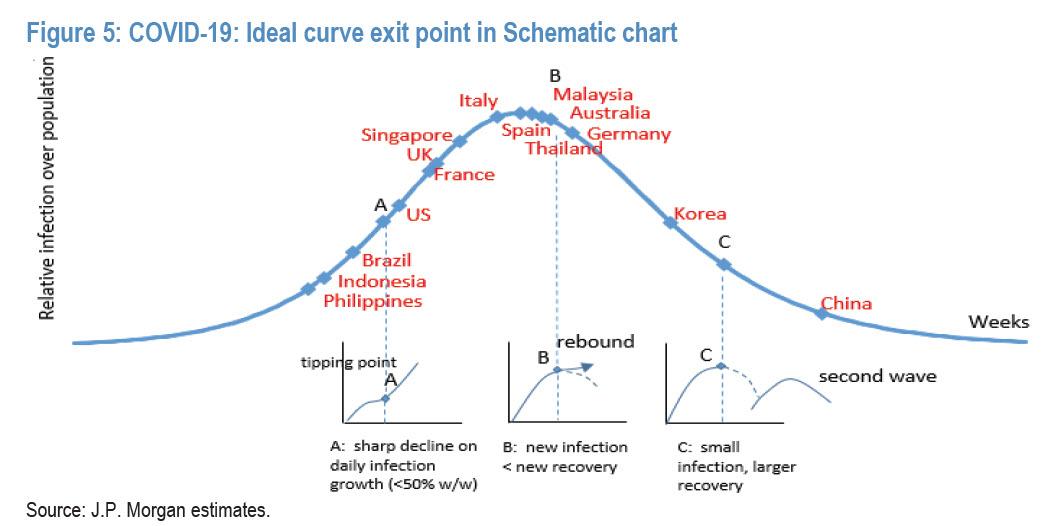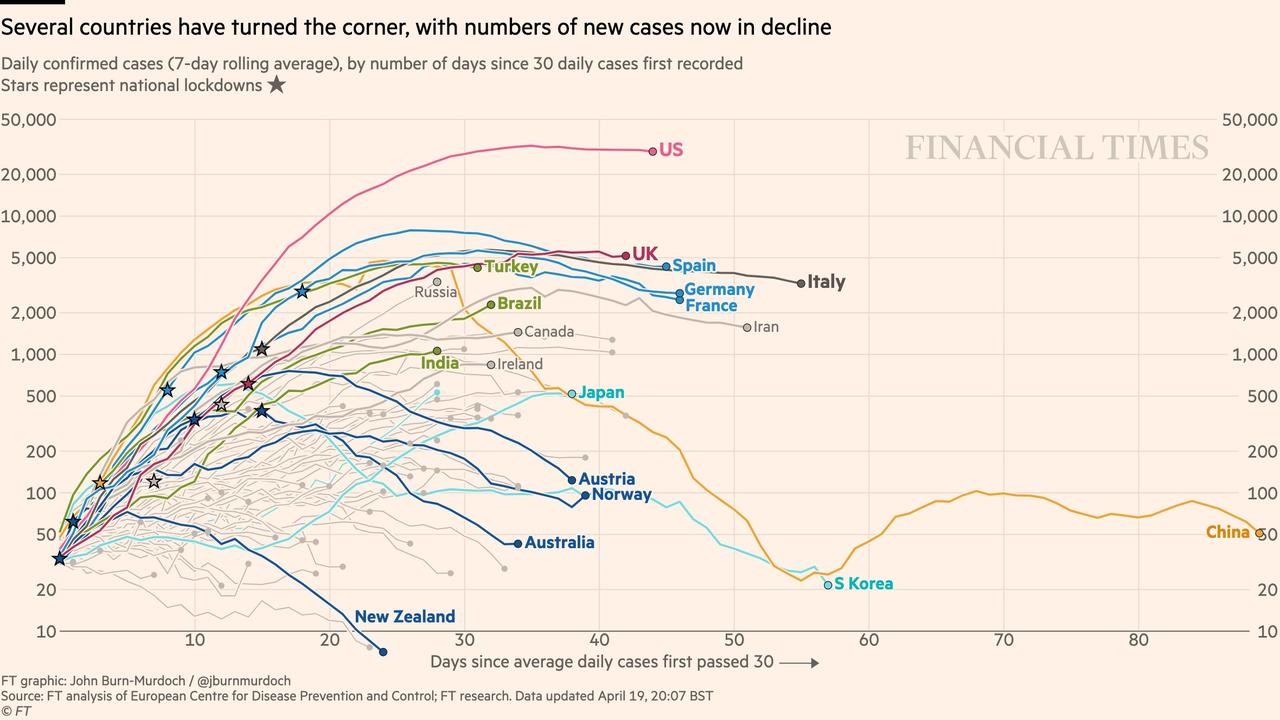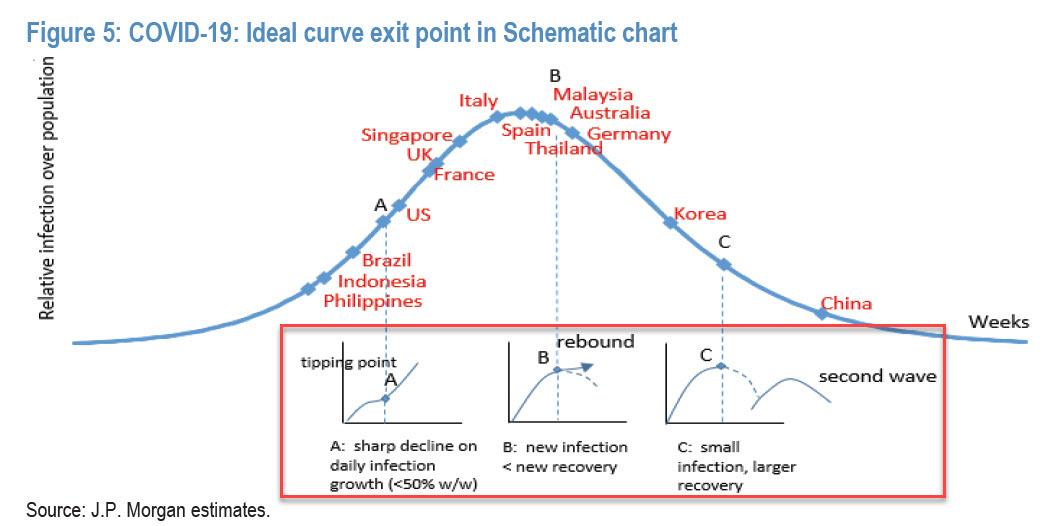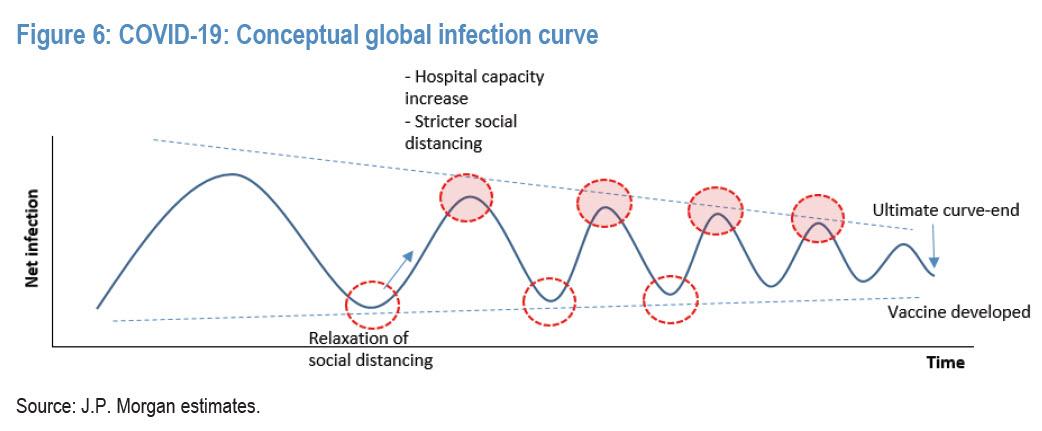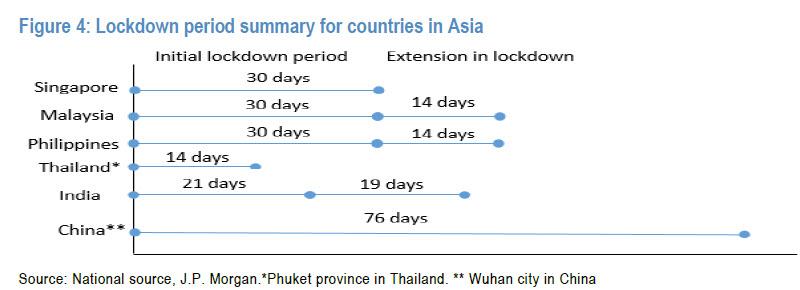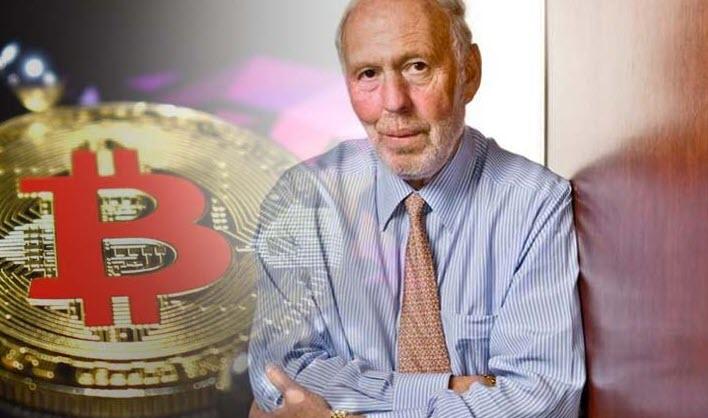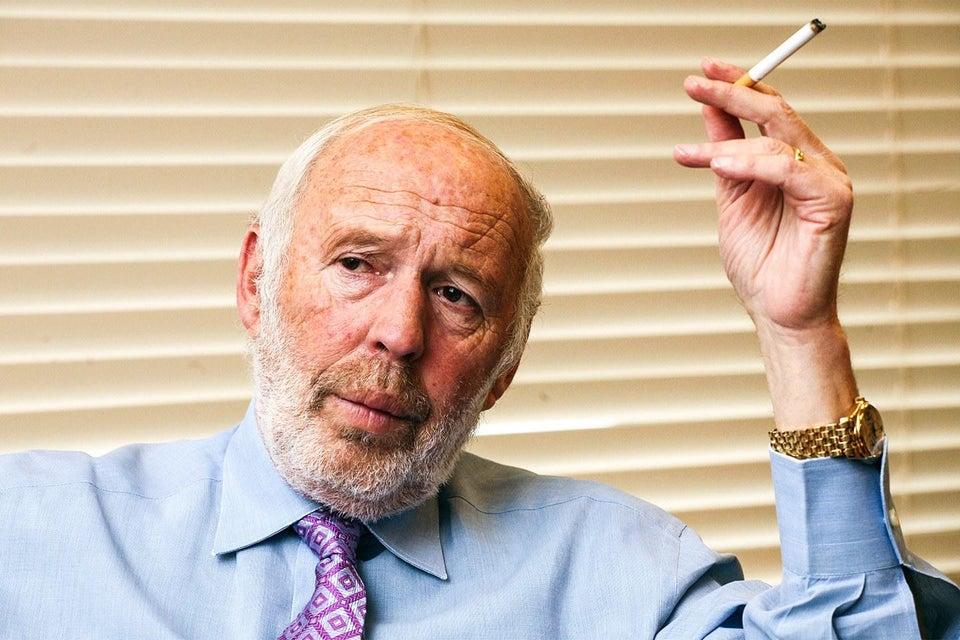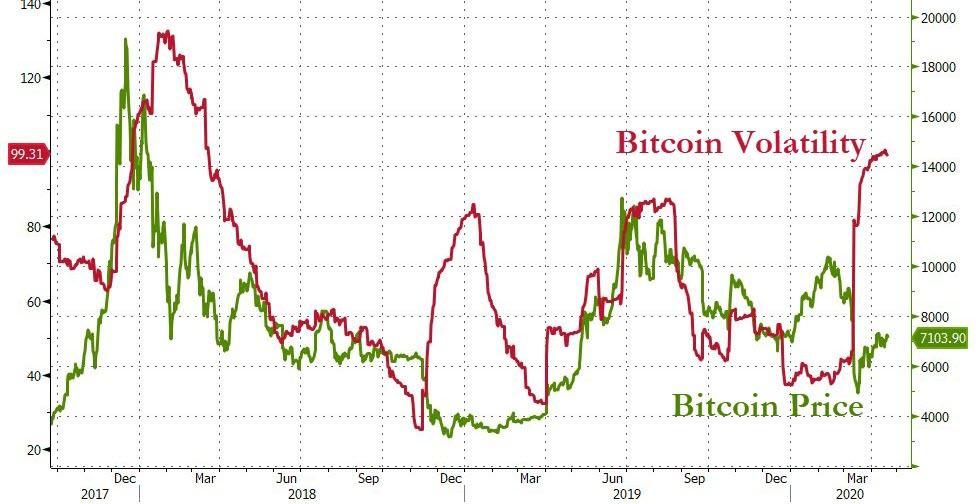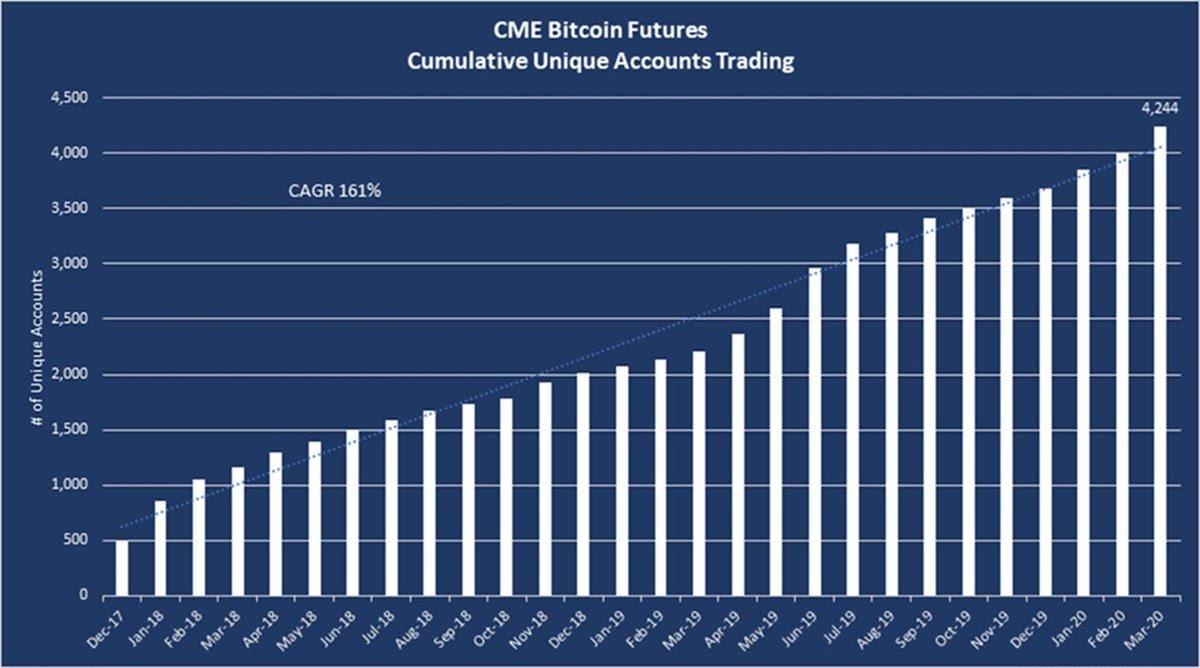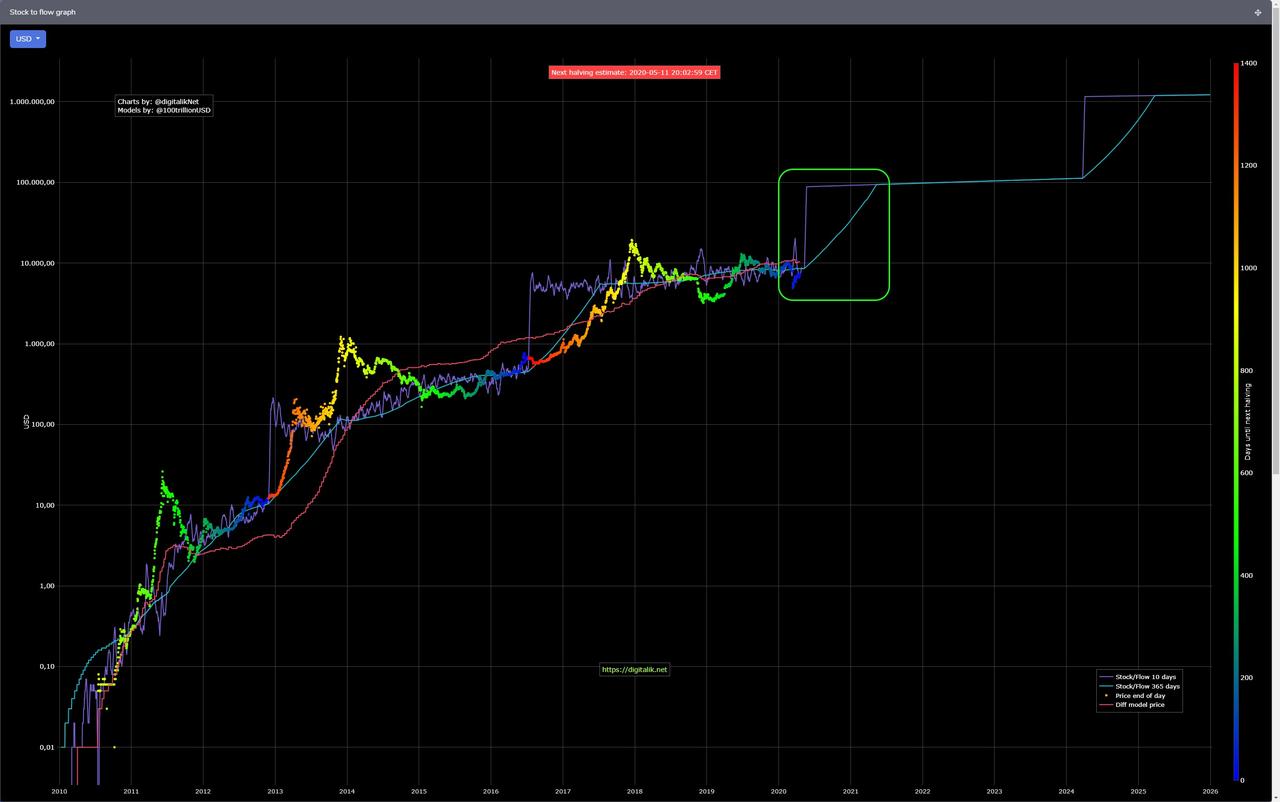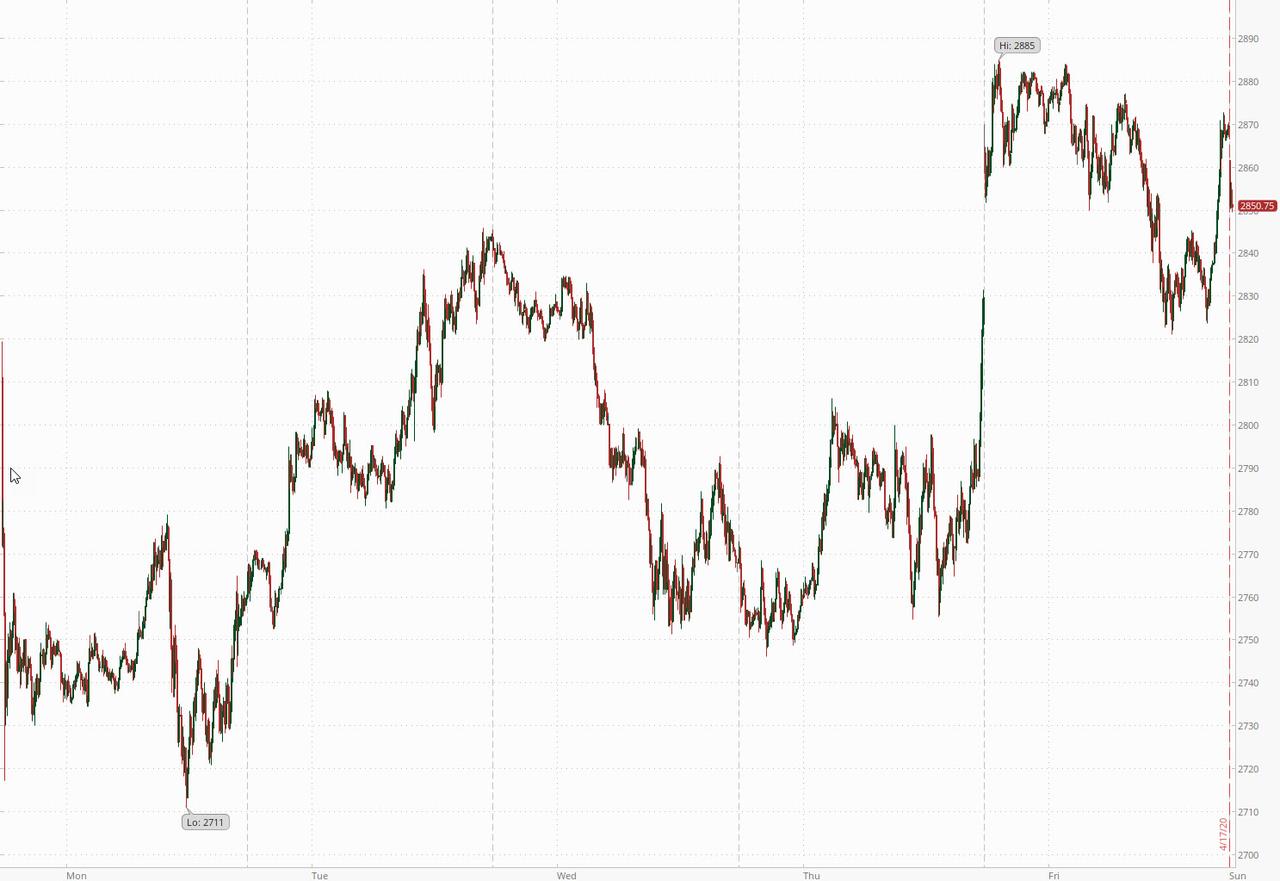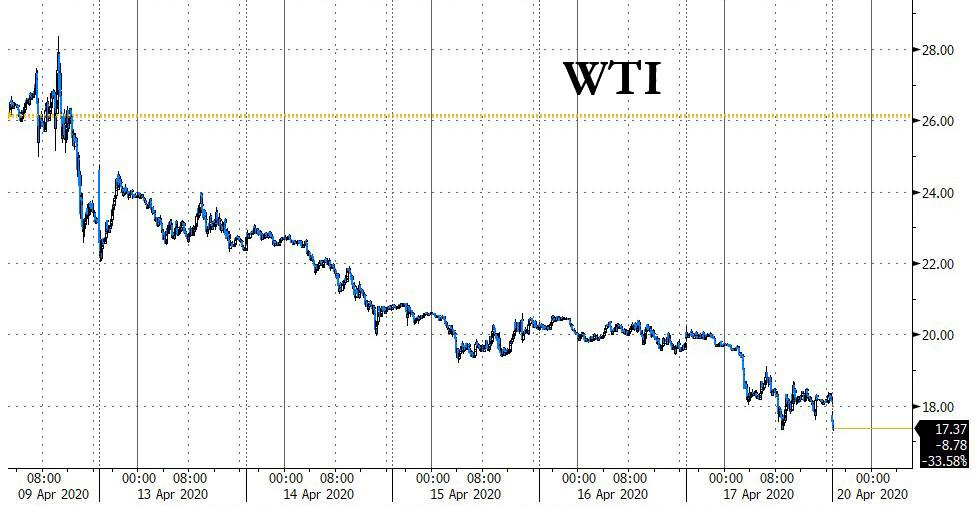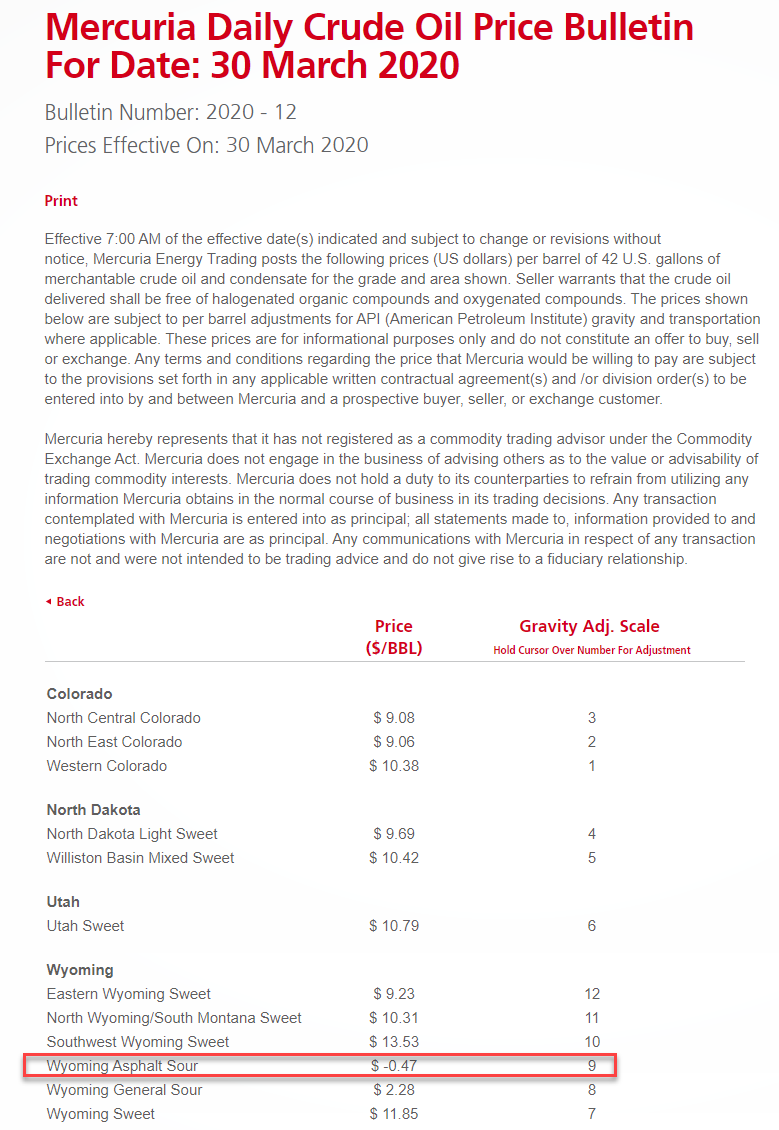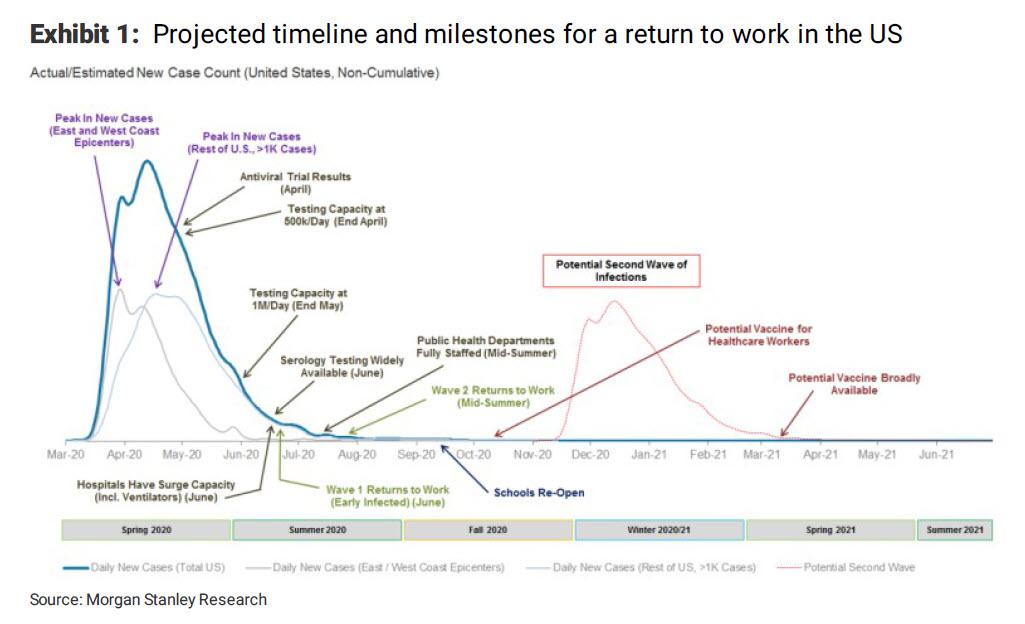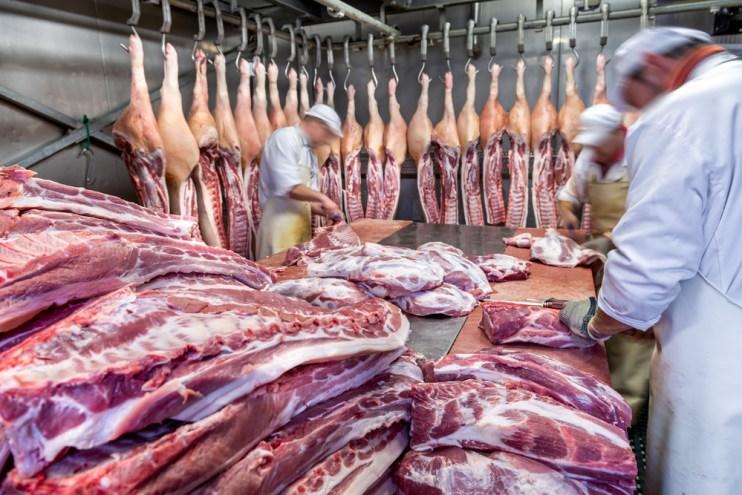Beware The Russian Disinformation Trope
Authored by Thomas Farnan via TheNationalPulse.com,
Last week, the DOJ declassified three footnotes in the Inspector General’s FISA report. They showed the FBI knew Christopher Steele had associations with shady Russian oligarchs and that somebody – whose identity is redacted – suggested in 2017 that parts of the dossier may have included Russian disinformation.
Some responded as if the footnotes revealed Vladimir Putin and not an FBI-CIA-Clinton conspiracy was responsible for the ridiculous machinations of Russiagate. National Review editor Rich Lowry was especially over-the-top, even managing by passive-aggressive link to turn the disclosures into a criticism of President Trump:
In other words, the Kremlin may have succeeded in getting us to turn even more viciously against ourselves and conduct our politics in an atmosphere characterized by screaming headlines, dark insinuations and endless investigations — all by feeding a few lies to a private eye hired by the Hillary Clinton campaign to dig up dirt on Trump.
Let’s unwind that.
We already knew that something happened a few months after the election that made the FBI stop using the dossier to get FISA warrants. By then the British had come clean and were discrediting Steele. Maybe it was British spies saying, “Have you idiots considered yet whether this is Russian disinformation?”
Anyone with half a brain would have asked the question.
That would explain why the identity of the dossier skeptic in the footnotes is blacked out. Under the Five Eyes Agreement, details about British intelligence sharing cannot be disclosed. The second footnote (#350) says that whomever the undisclosed dossier skeptic is, he or she has “no information” tying its salacious allegations to Russia.
It is just speculation, in other words.
Did Russia fabricate the Steele dossier with the intent of getting us to turn viciously on ourselves?
It is theoretically possible that Vladimir Putin fed a whopper to Christopher Steele about Donald Trump hiring prostitutes to pee on a bed the Obamas had once used.
There are two problems with that scenario, though.
-
First, Steele had not been to Russia for 20 years. He spent his professional life as an anti-Russia gadfly. Fatuous claims are made on his behalf that Putin had ordered him to be poisoned. If Christopher Steele is the ex-spy our vaunted intelligence services relied on to explore whether Putin had kompromat on Trump – that’s really bad.
-
The bigger problem with any Russian disinformation scenario is for the dossier to affect the succession of power in America even slightly, the FBI would have to make 17 separate sloppy mistakes, all inuring to the benefit of Hillary Clinton and against Trump. Unless his name was Ras-Putin, there is no way Putin could have divined that such a wild story would be treated with a seriousness it never deserved.
As I have asked on this page before:
“If the Steele dossier tapped Russian sources to reveal a Putin plot to harm Hillary, why did it primarily include crazy stuff that hurt Trump? And if it was created to smear Trump, why did the intelligence community rely on it to conclude that Putin was out to get Hillary?”
CBS reporter Catherine Herridge may have provided some answers this week when she uncovered two additional declassified footnotes from the report. These revealed, not surprisingly, that US spy agencies contorted themselves in 2017 to conclude that Steele was somehow connected to Russian intelligence, but he wasn’t compromised by them.
What a tangled web our spies weaved, huh? We already knew they were trying to sell the idea of kompromat, though. Indeed – by definition – it’s not kompromat if it’s not from Putin.
More interesting in the notes was the admission that the FBI knew a Steele sub-source favored Hillary Clinton. As those of us chided as conspiracy theorists have been saying for years, they were the only kinds of sub-sources Clinton opposition researcher Fusion GPS used.
Most importantly, the footnotes reveal dubious intelligence assessments based on unidentified but compromised second and third-hand sources, and no real evidence of a Russian disinformation campaign.
Okay, let’s assume – even with all that – it was the Russians.
If so, they were just messing with someone they hated (Christopher Steele) and probably thought if he repeated the pee tape stupidity it would only make him look like an idiot.
Read closely, though, the dossier tells you who fabricated it beginning on its first page, and it was not the Russians:
Source B asserted that the TRUMP operation was both supported and directed by Russian President Vladimir PUTIN. Its aim was to sow discord and disunity within the US itself, but more especially within the Transatlantic alliance which was viewed as inimical to Russia’s interests. Source C, a senior Russian financial official said that the TRUMP operation should be seen in terms of PUTIN’s desire to return to Nineteenth Century ‘Great Power’ politics anchored upon countries’ interests rather than ideals-based international order established after World War Two. S/he had heard PUTIN talking in this way to close associates on several occasions.
Unless Vladimir Putin goes around the Kremlin talking like an Ivy League graduate with a plush job waiting for him as an analyst at John Brennan’s CIA, he never said any of those things. An ideals-based Transatlantic alliance that defies the rabble who prefer governance based on national interest is, instead, a uniquely Western worldview.
Nobody has produced evidence that Source C was acting at the behest of the Russian government. Instead, he or she is parroting official Washington’s psycho-fantasies about the world. A good guess is that it was either a complete fabrication or a self-serving oligarch buying a favor by telling the Clinton campaign what it wanted to hear, who would later strongly deny any involvement.
Even before the footnotes were released everyone knew Steele had connections with such characters.
Lee Smith, the venerable, readable, oracle of Spygate is right: the dossier is a political operation sourced in Washington and any other interpretation is just a distraction.
Beware especially pundits associated with NeverTrump who assert with ontological certainty that Russia interfered in the election. They would love to believe that when people in Pittsburgh defied them and voted for Trump, we were tricked by Putin.
The problem with their self-serving ruse is that “Putin-did-it” provides a lifeboat for the Spygate conspirators. Brennan, Comey, McCabe et al. are going to say, “we were fooled by the Russians like everyone else.” In the hysteria they generated, Putin is the matinee villain du jour and Russian disinformation makes them victims of his shenanigans, poor fellas.
Three years of scrutiny has determined that the dossier was phony. That the FBI, CIA and Clinton campaign used it to orchestrate the biggest political dirty trick in American history is the real scandal, and Putin is a red herring.
Tyler Durden
Sun, 04/19/2020 – 20:35
via ZeroHedge News https://ift.tt/3ez6YHD Tyler Durden
